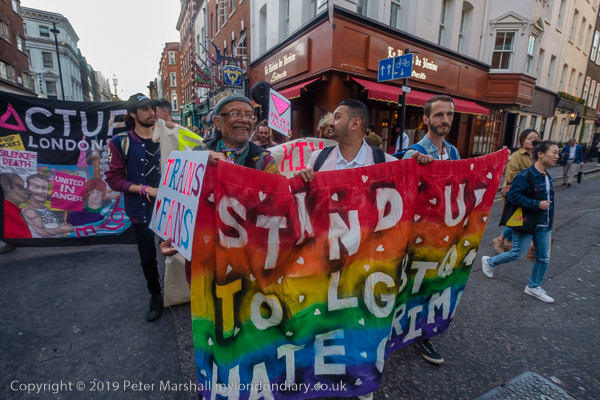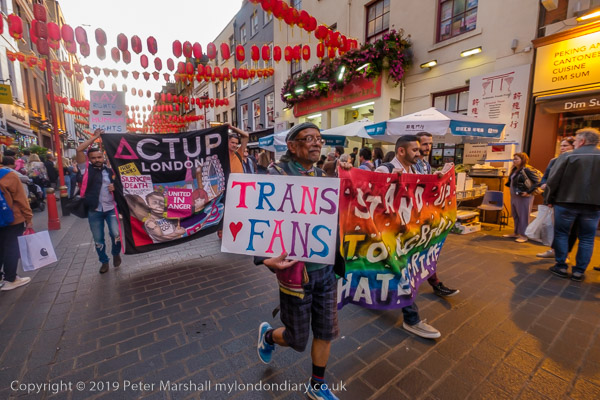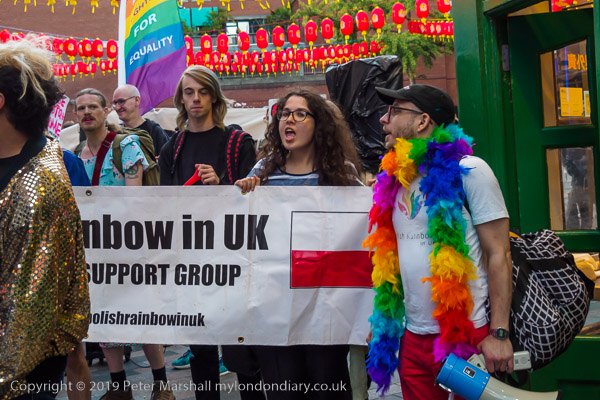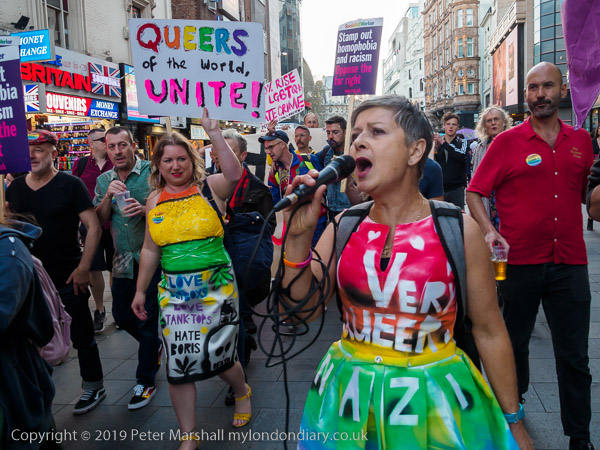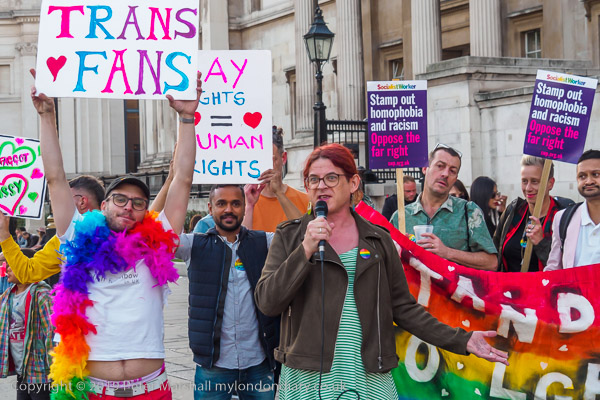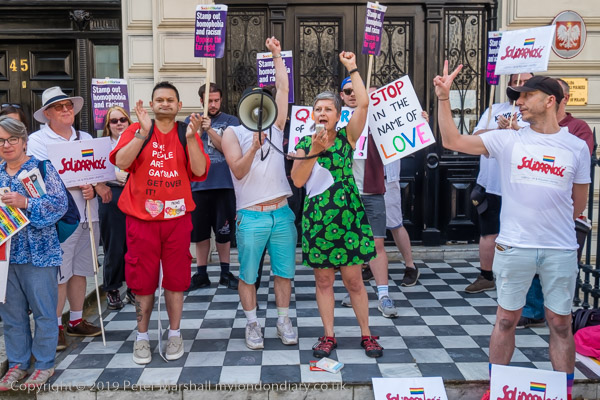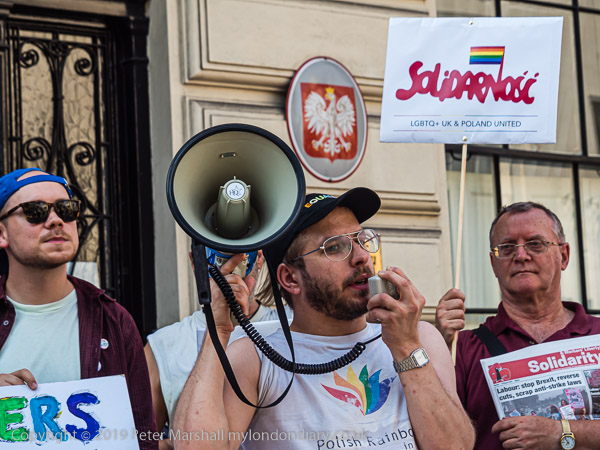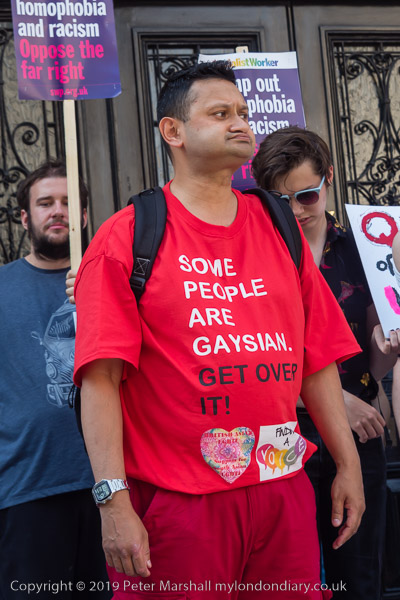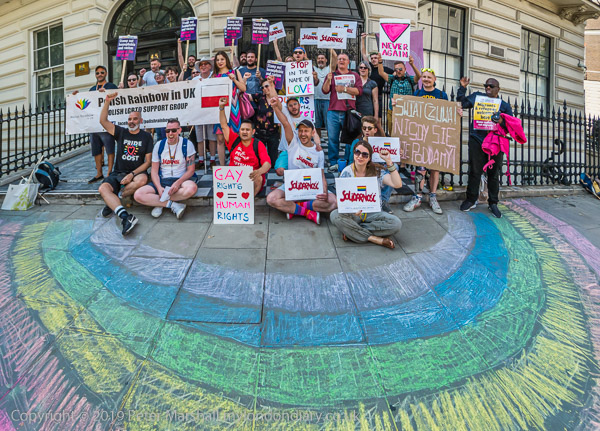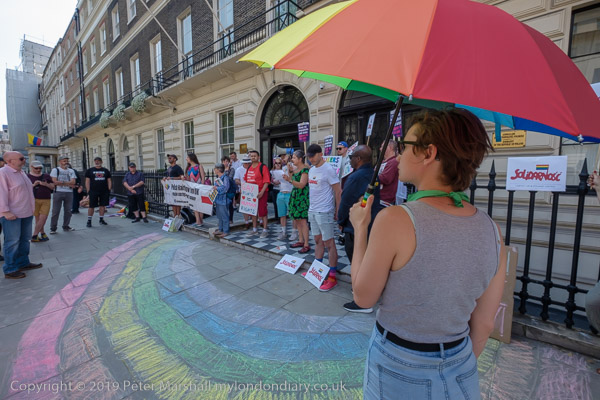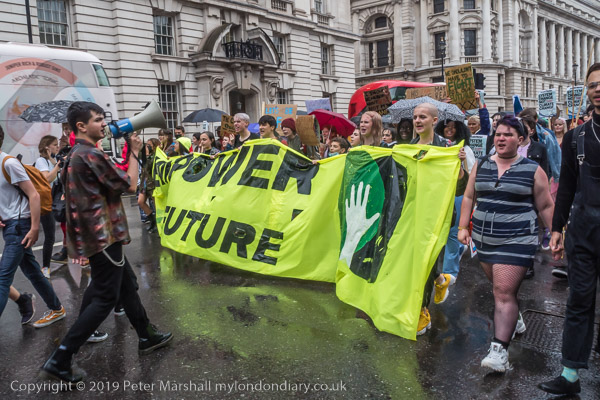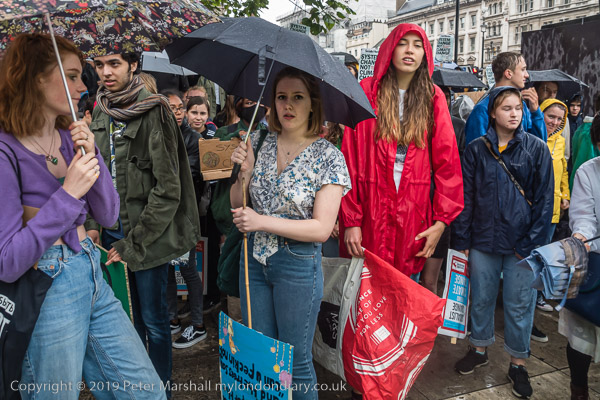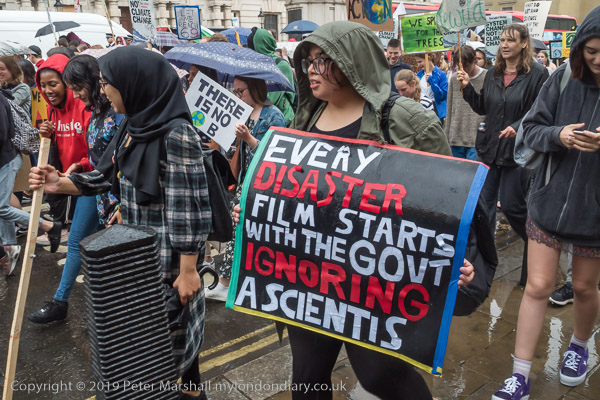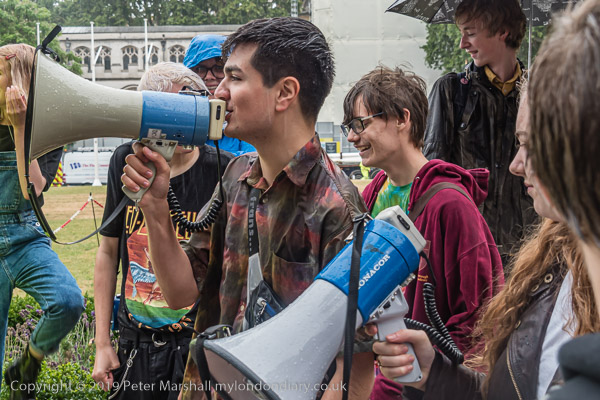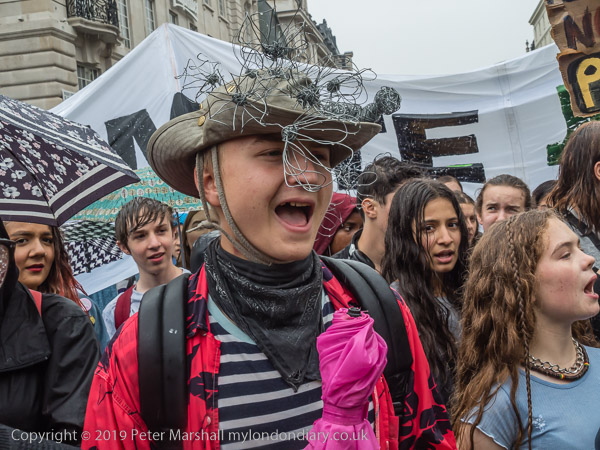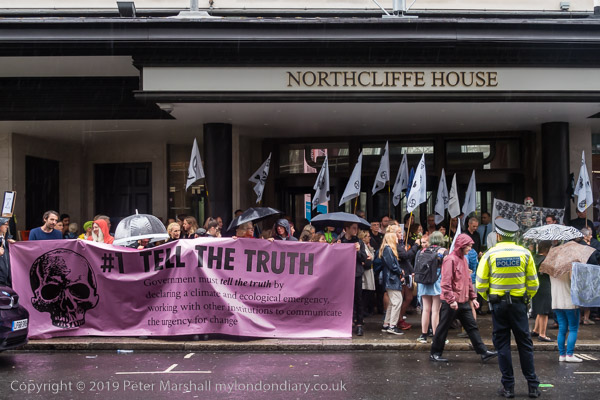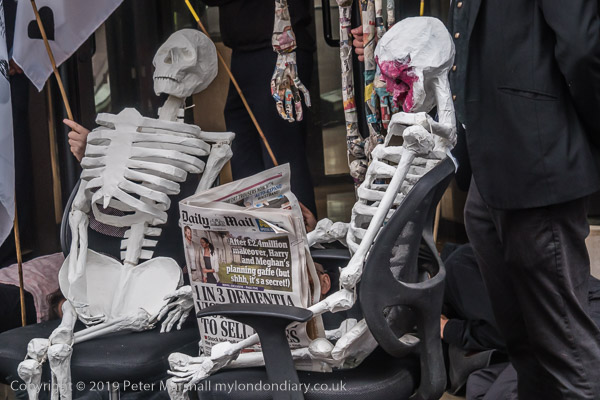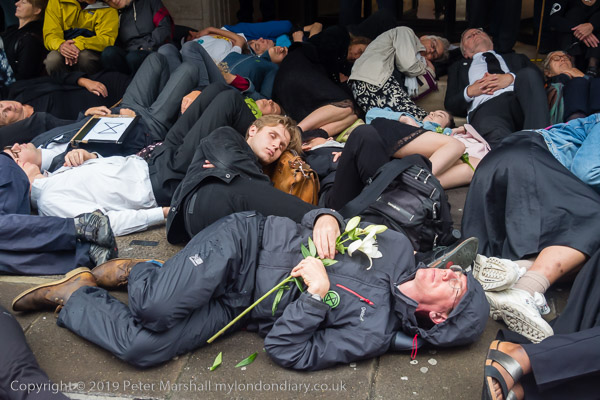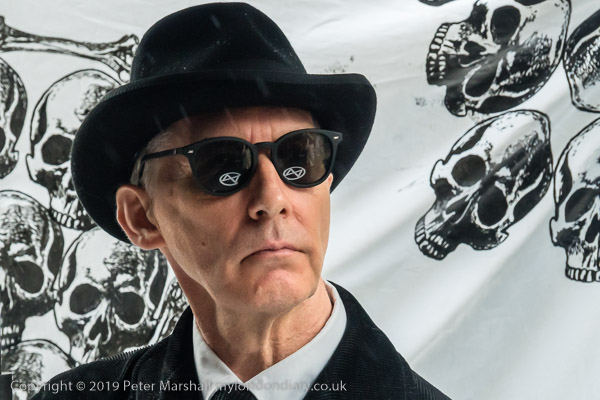Though film is now long dead for serious photography, the past few years have seen an upsurge in film sales, driven by young people who want to have fun taking pictures. And although I don’t see much point if any if you are going to have your films trade processed and then scanned, I can see how people can get a great deal of satisfaction about developing film and darkroom printing, which still has its particular magic that enthralled me around 50 years ago.
Like the youth of today, back in the 1980s and 90s, I became interested in archaic photographic processes, going heavily into what then became known as ‘alternative processes’. Partly my interest was in learning more about the historic processes used by some of the early photographers whose work I admired, but it was also in the aesthetic possibilites offered by cyanotype, kallitype, platinum and palladium, gum bichromate et al.
My interest was shared by a number of friends, one of whom became a well-known figure in the world of alternative photography, organising international conferences and making soemthing of a living running workshops and selling prints. But eventually I realised that my interests were more in the making of images to say something about the world and that the conventional processes, which were just beginning to embrace digital photography and printing. And I found that I could make prints which seemed to me just as expressive using an inkjet printer (and Piezography inks) as I had acheived with salt printing or platinum and with much more control.
When digital first began to dominate photography around ten years ago, film cameras were redundant and secondhand prices slumped. But apparently with a new young generation wanting to shoot film they are now in great demand. The video by NBC Left Field, ‘Why We Still Love Film: Analog Photography in the Digital Age‘ includes some footage of a secondhand camera shop with cameras now being sold for silly prices. The man at K&M Camera in New York in the film says demand now exceeds supply and offers smiling customers cameras at prices that seem to have an extra zero on them. Those like me, who couldn’t bear to sell their old film cameras at knock down prices, may now find they are sitting on a goldmine.
Unfortunately for me, a quick check online of the UK secondhand camera market tells me that UK prices as yet don’t reflect those in New York, so we can either sit tight and hope they will catch up in time, or take a heavy suitcase full to the States. Though looking at those UK listings of cameras which all seem to be in at least ‘good’ if not ‘excellent++’ condition I do wonder how ‘knackered–‘ might affect the price.
It’s certainly a good thing that using film forces people to think about taking photographs rather than just keep pushing the button. Most of us who grew up on film probably still do that anyway with digital, though it has made some differences.
Long ago I remember looking at the contact sheets made by a Magnum photographer, working with 35mm film. Most of his sheets of 36 exposures only really contained perhaps two pictures, working around the subject until he was satisfied that he had probably done the best he could. Where possible (sometimes there is only a fleeting chance and it is gone) I work the same way with digital, but can now take more frames and take them in a considerably shorter time and have a higher chance of getting the scene exactly as I want it.
But it’s perhaps a good time to sort out all those old cameras and put them up for sale. And perhaps we shouldn’t leave it too long. As one of the photographers on the film in what was perhaps its most interesting contribution points out that the film renaissance is likely to be of relatively short duration because of its environmental impacts.
